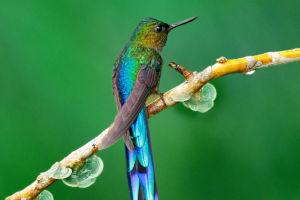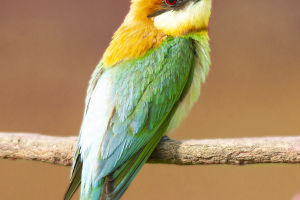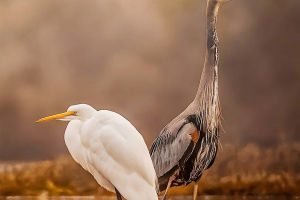Birds are a diverse group of animals that have fascinated humans for thousands of years. With over 9,000 known species found all over the world, birds have evolved to occupy a wide range of habitats and play important ecological and cultural roles.
The defining characteristic of birds is their feathers, which enable flight and help regulate body temperature. In addition to feathers, birds are known for their egg-laying reproductive systems and high metabolic rates, which allow them to engage in activities like flight and migration.
The evolutionary history of birds dates back over 150 million years, to the era of the dinosaurs. While many species became extinct during the mass extinction event that wiped out the dinosaurs 65 million years ago, some bird ancestors survived and evolved into the diverse array of species we see today.
Birds come in a variety of sizes, shapes, and colors, with the ostrich standing as the largest bird, and the tiny bee hummingbird being the smallest. Not all birds can fly; species such as ostriches and penguins use their wings for other purposes, like balance and swimming.
Birds can be found in a variety of environments, from forests to deserts, lakes, oceans, and cities. The highest concentration of bird species is found in tropical regions, but many birds also live in colder regions and have developed unique adaptations to survive in these environments.
One of the most fascinating aspects of bird behavior is migration. Many bird species travel vast distances each year to breed, find food, or escape harsh weather conditions. During migration, birds often form large flocks, navigating using the Earth's geography and climate, such as the position of the sun and the Earth's magnetic field.
In addition to migration, birds engage in many other behaviors, such as nest building, breeding, finding food, and interacting with their mates. These behaviors vary greatly between species, with some birds breeding in the same area year after year, while others may migrate multiple times throughout their lives.
Birds play a critical role in maintaining the balance of ecosystems. They help control insect populations, disperse pollen and seeds, and control aquatic populations. In addition, birds are often used as bioindicators, helping scientists track changes in the environment and human impacts on ecosystems.
In recent years, many bird species have faced threats from habitat loss, climate change, and human activities. Conservation efforts are crucial to protecting these important animals and preserving the ecosystems they inhabit.
Overall, birds are a fascinating and important group of animals, with unique adaptations and behaviors that allow them to thrive in a wide range of environments. Their ecological and cultural significance make them an essential part of the natural world, and efforts to protect and conserve them are critical for the health of our planet.


